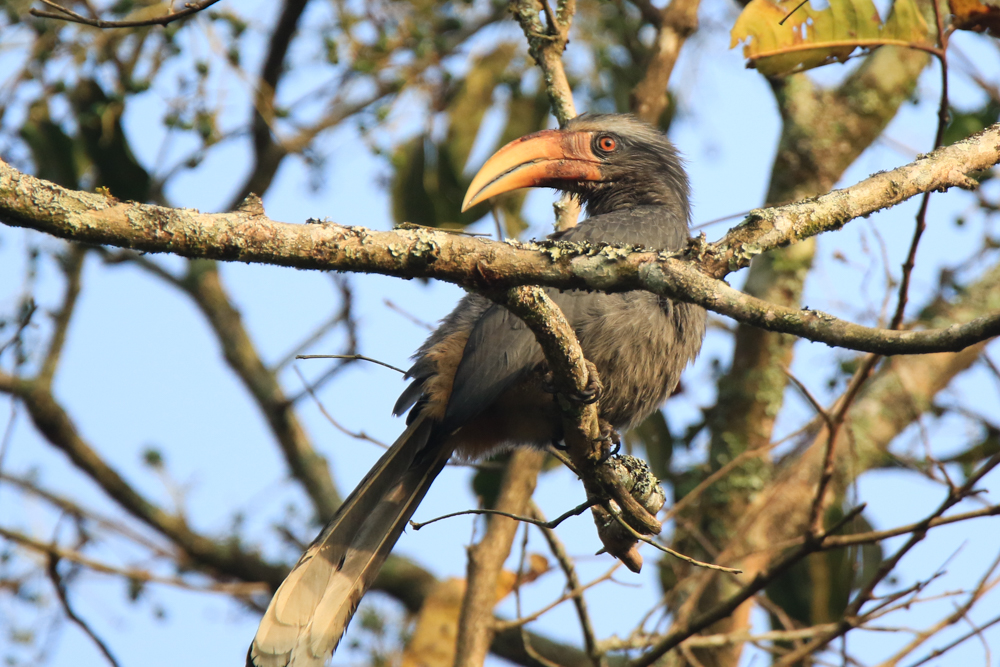
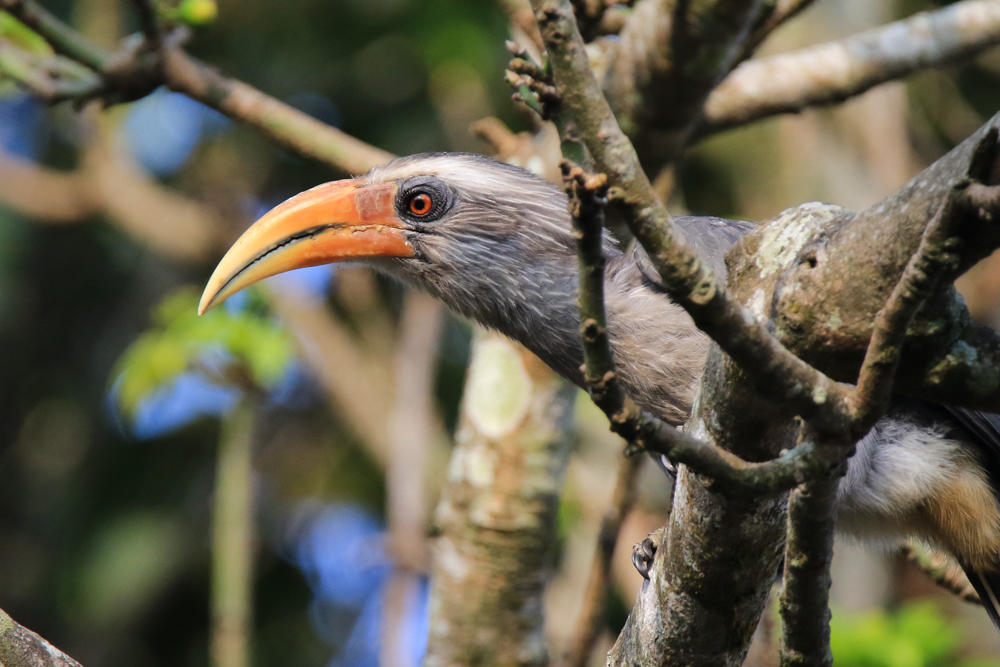
But we got the best view of them literally during our last 10 minutes of the trip, when we were on our way to check out from the hotel. There was a mother-and-juvenile pair preening and feeding right next to our rooms:
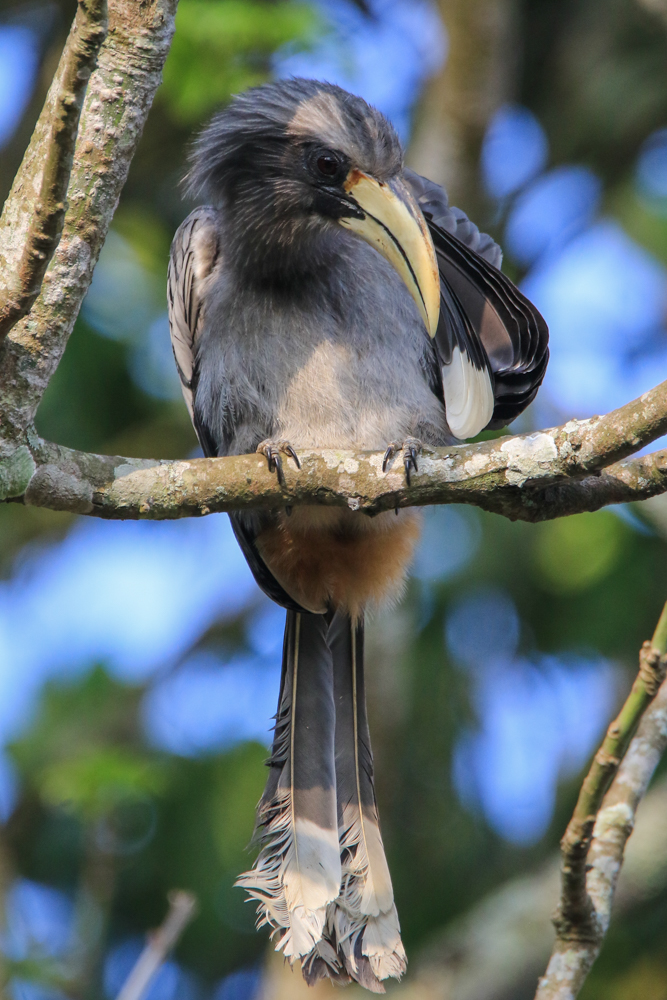
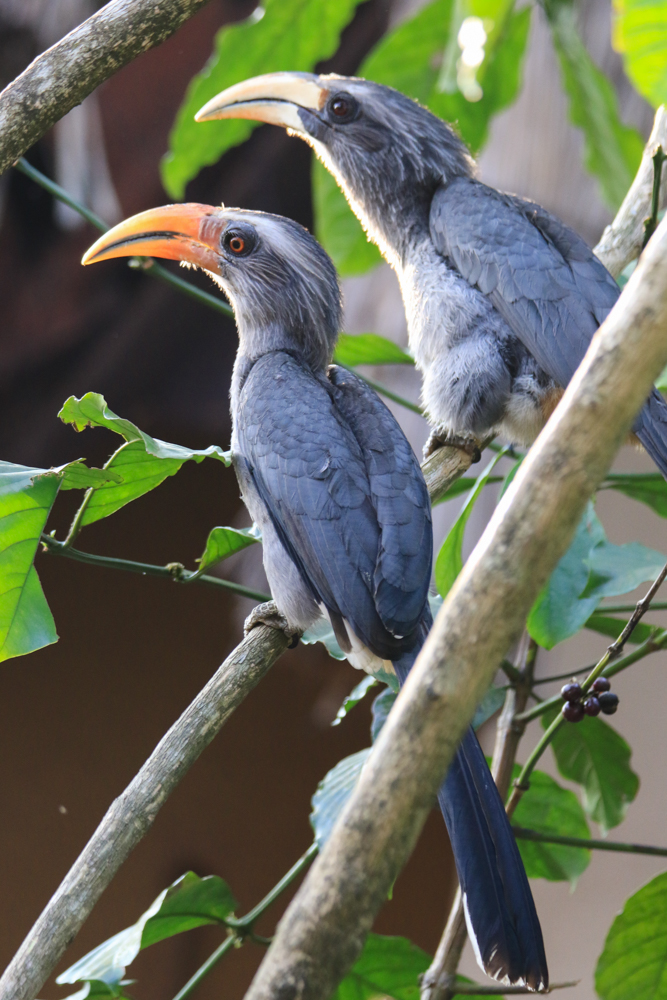
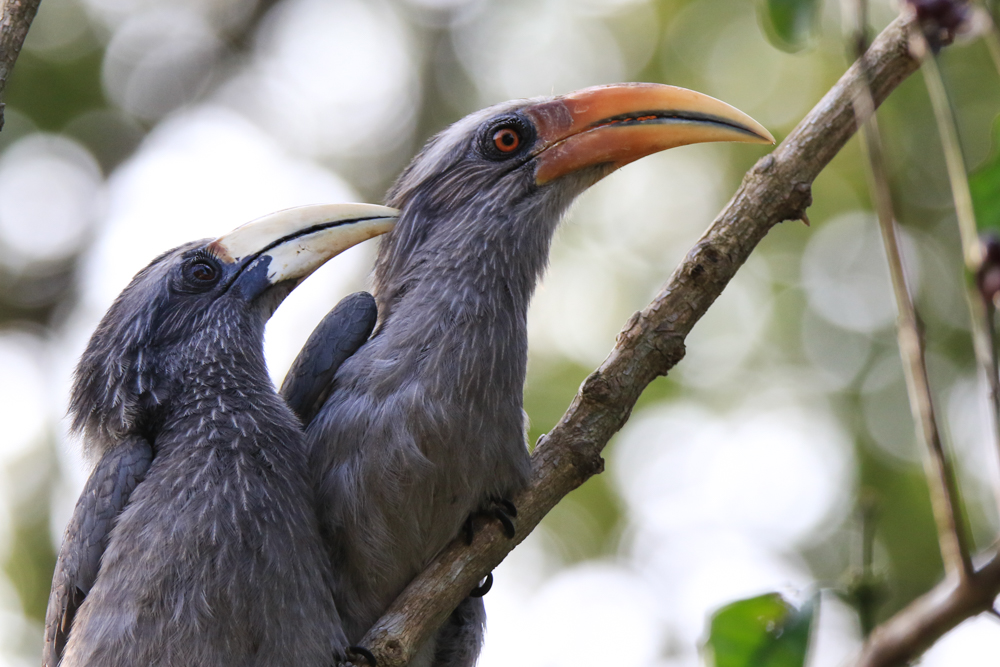
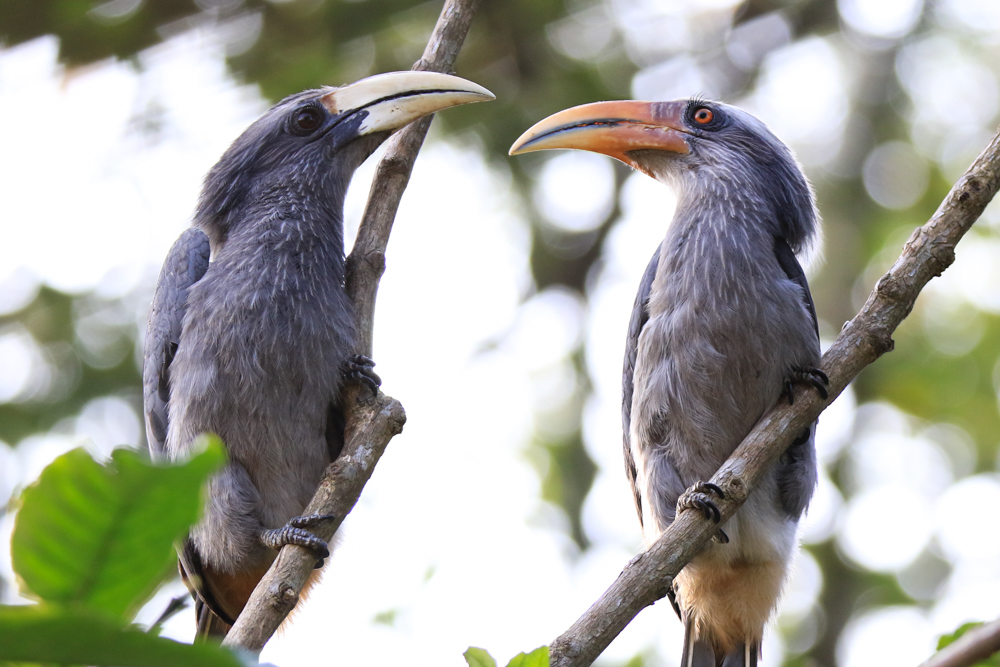
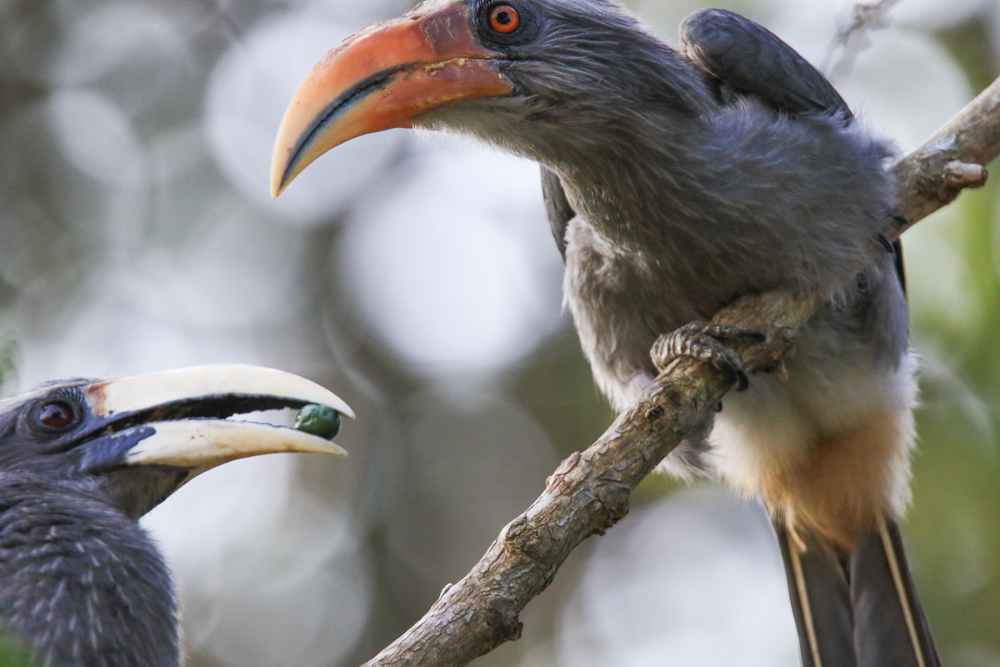
This is the mother:
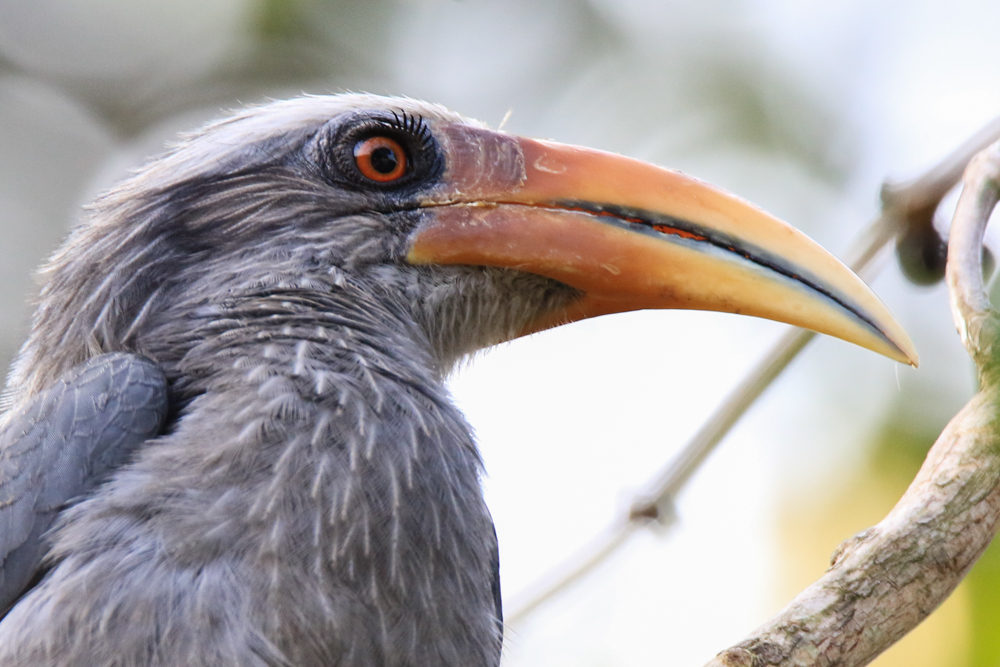
And this is its chick (already grown to sub-adult). The eyes stay black until it's fully grown.

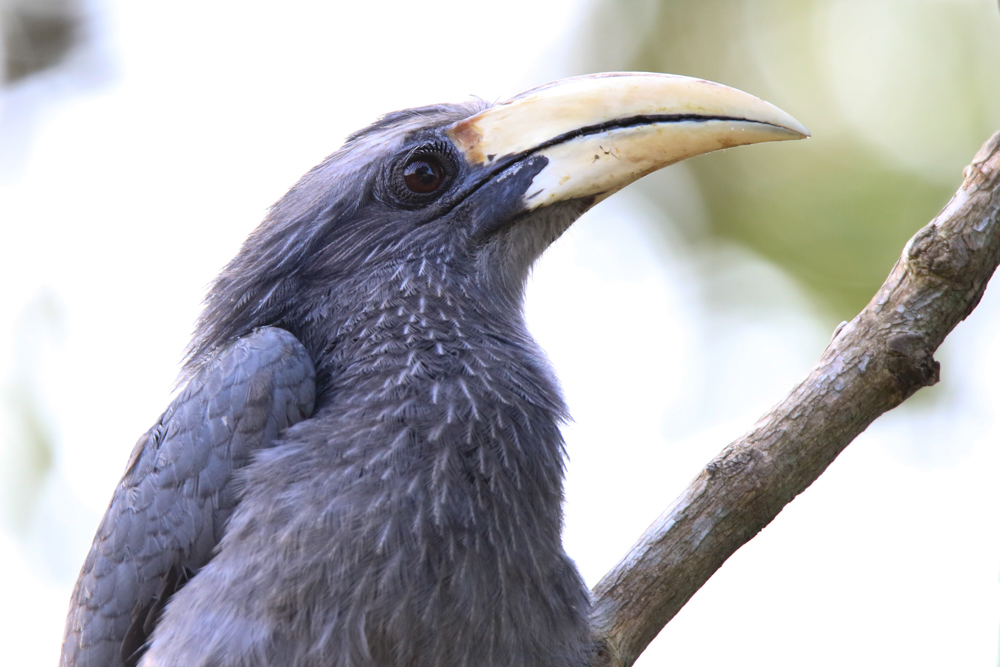
Other iconic Indian birds - you can't go to India and not bring back a picture of its wild peacocks. Here is a male roaming through the fields:
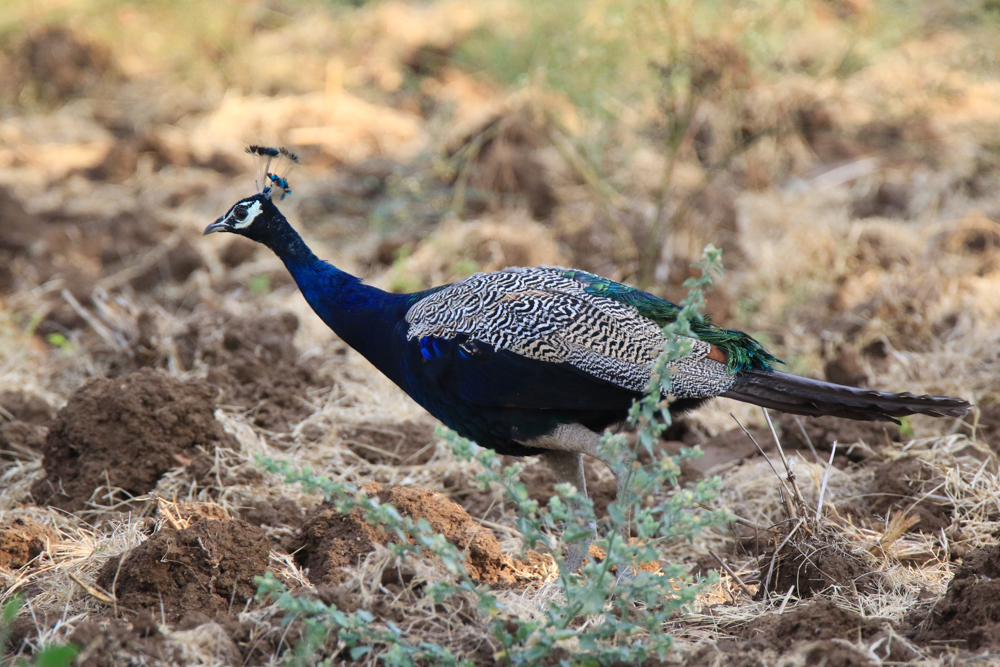
And a female about to invade someone's compound:

This is a Chestnut-headed Bee-eater. It plucks bees and wasps out of air with its pointed bill and - after removing their stings - eats them whole.
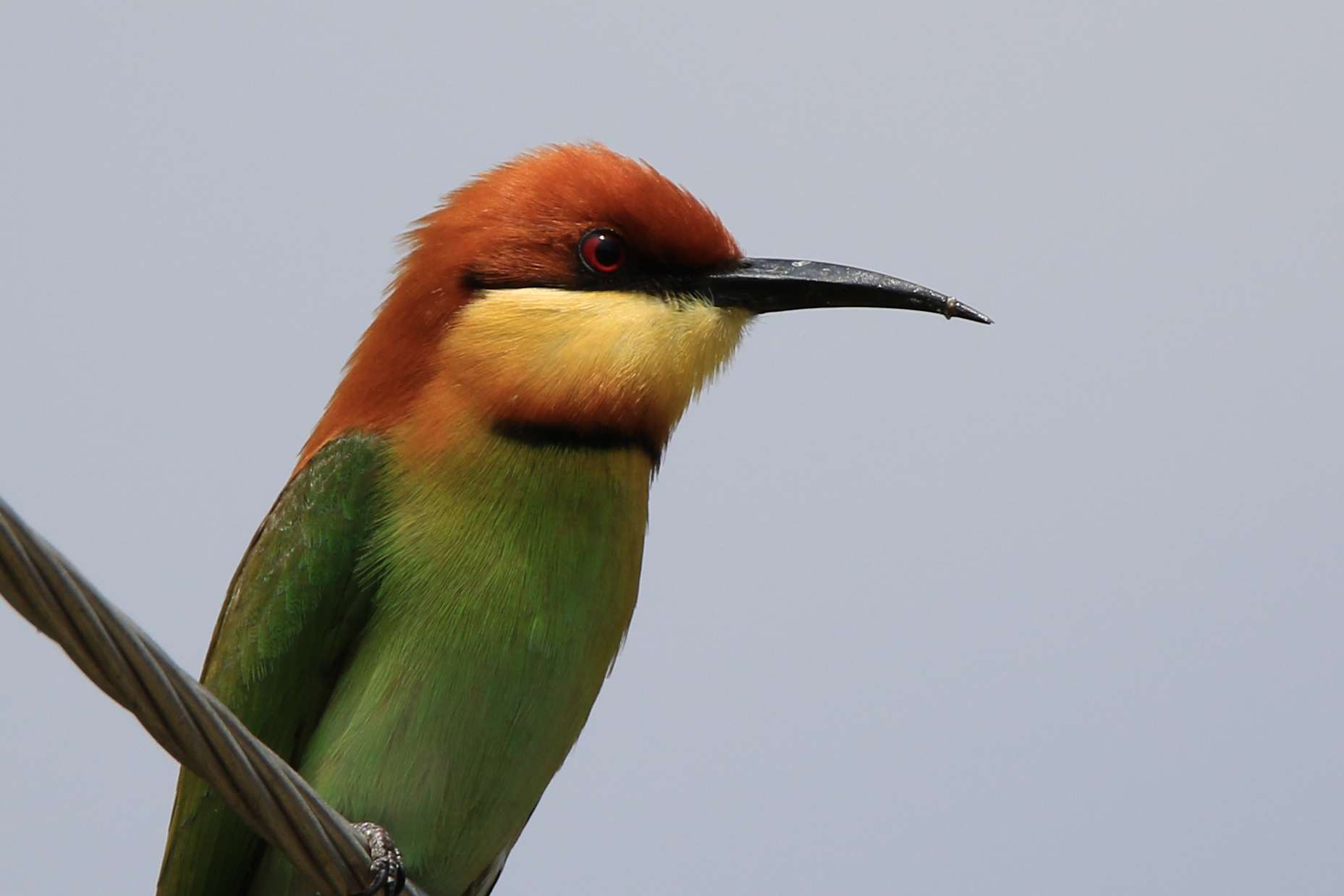
Ashy Drongo:
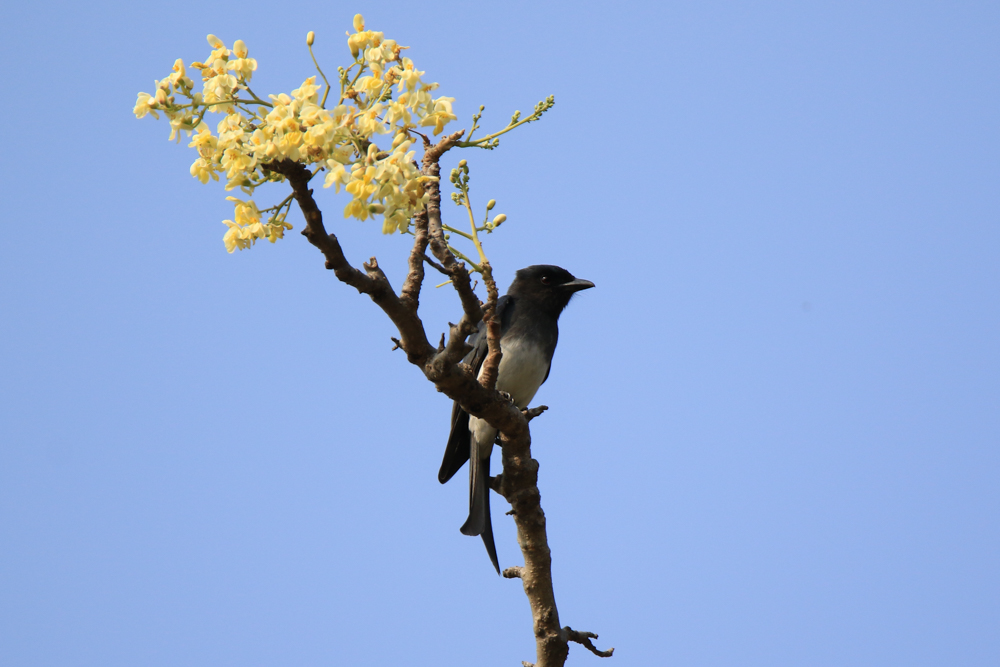
Purple Sunbird:
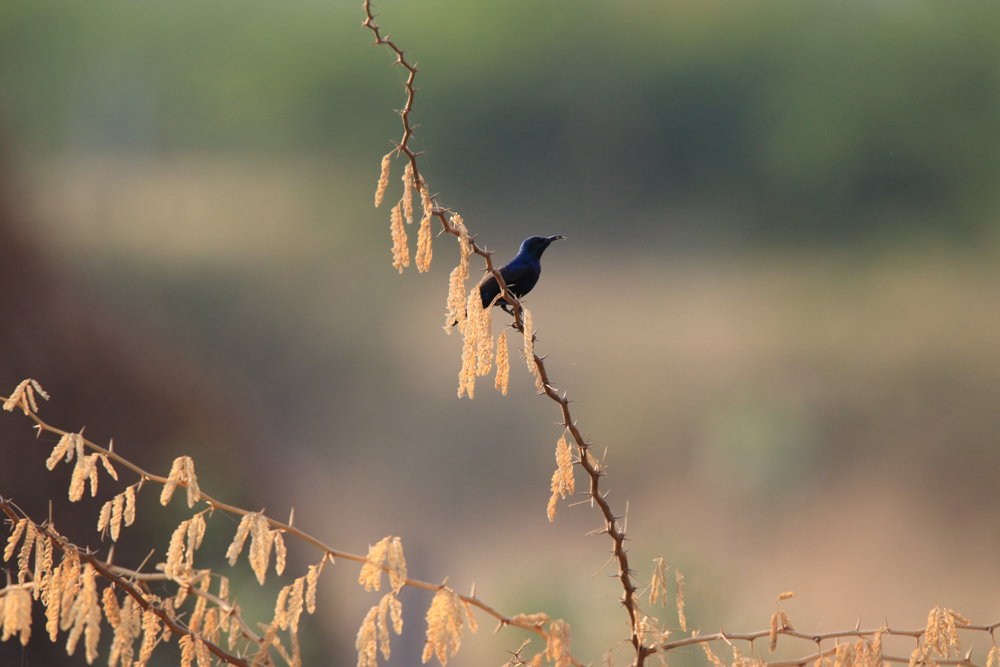
Purple Sunbird - female - in its garden:
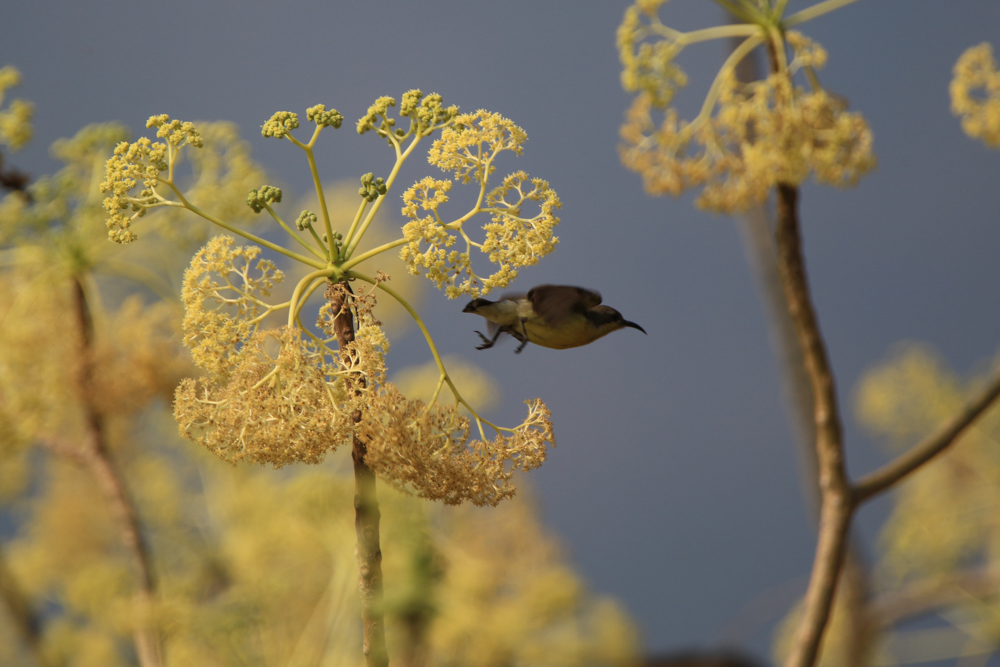
Nesting Indian Cormorant in Periyar Lake:
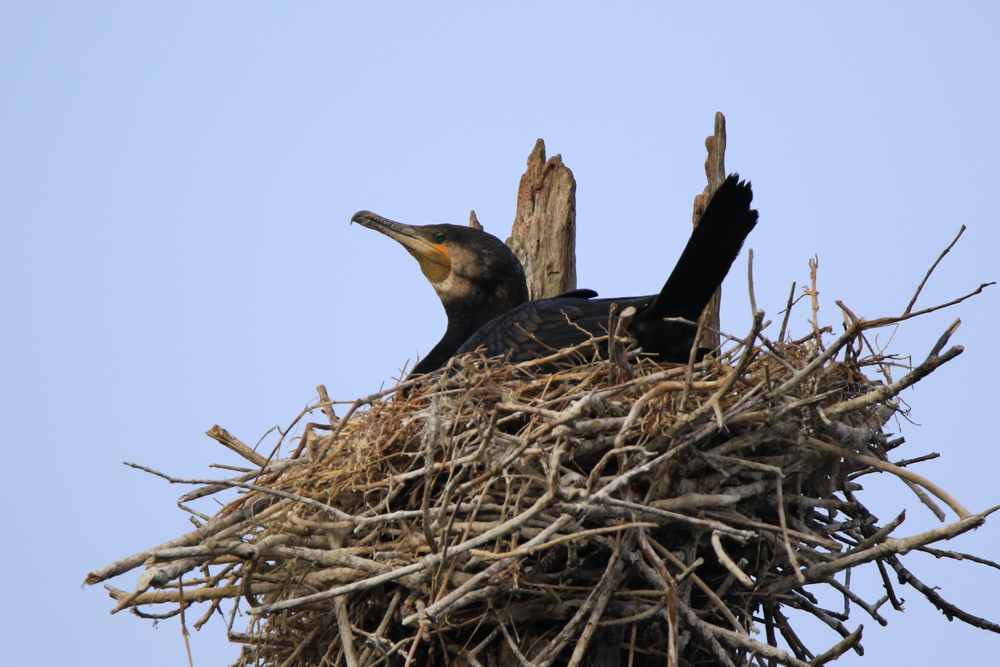
Oriental Darter. It's a cousin to America's anhingas, and both are also called snake-birds in their respective countries, for their tendency to swim with just the neck and head sticking out of the water.

Pied Kingfisher on one of the flooded trees in Periyar Lake:
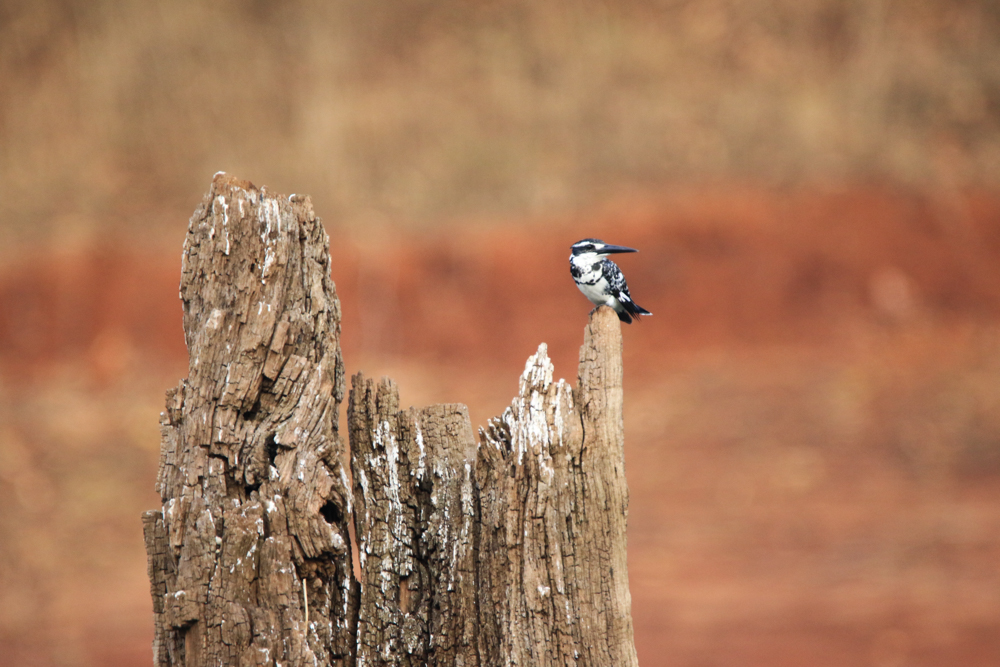

No comments:
Post a Comment